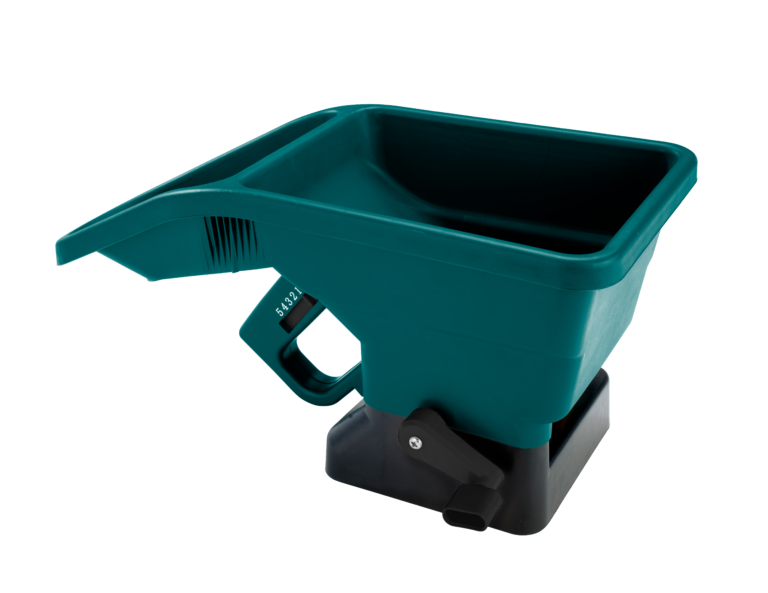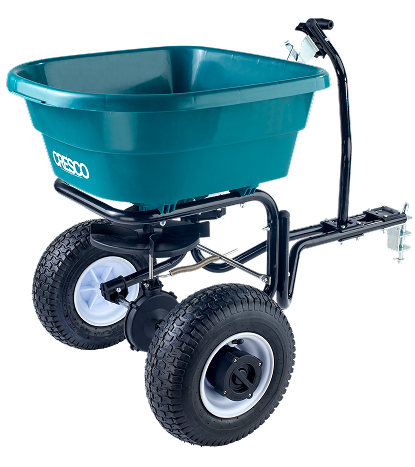How to plant grass seed properly is vital for success if you’re looking to achieve a beautiful green backyard. Whether you are patching existing grass, or sowing a new lawn, the grass seed you use, when you seed and weather conditions all play a part in creating the perfect garden.
There’s plenty of room for error. After all, it’s disappointing to spend a good deal of time and money only to find you’ve not got the right grass seed, or worse still, it has not germinated.
All you have left from your efforts is more bare earth, or a mud bath with no idea what to do to achieve the lawn of your desires.
From Bare Soil to Patches: How to Plant Grass Seed to Achieve Lovely Lawns

Fear not, this guide, along with helpful tips will show you how to plant grass seed for a thriving lawn. The guide breaks down your questions and shows you:
- How to reseed a patchy lawn
- How to plant grass seed in new soil
- What tools to use so you get the best from your seeding
- How to prepare the ground in readiness to sow
- How much grass seed you’ll need for good-looking lawns
- When to plant grass seed to work with the seasons
- How often to water grass seed for best results
- How to overcome problems such as birds and weeds
- And much more
So let’s get started!
When to Plant Grass Seed For Maximum Effect
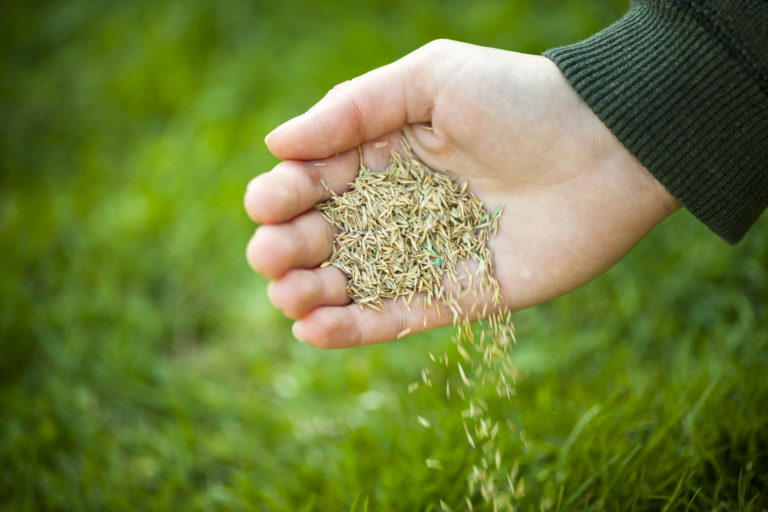
Timing is key to success when planting grass seed. Spring or fall are the best seasons, rather than summer or winter.
With fall soil temperatures still warm, and an increase in rain, you can expect planting seed to be easier. Germination is quicker, and you won’t have to maintain a rigorous watering campaign.
Spring is also a good time to sow grass seed, as the soil is beginning to warm up, there’s plenty of moisture in the air, and the drying heat of mid summer is yet to come.
Battling the elements of summer and winter is no fun. Avoid the extremes of hot and cold as these can damage new grass, and all your efforts will come to nothing for the sake of waiting a few weeks.
How to Plant Grass Seed on Existing Lawn
Are you looking to seed a new lawn or are you patching bare spots?
Bare patches often appear following a summer of high use. Perhaps the children have been overactive or the dogs have enjoyed too much play time. Or, maybe you’ve pulled up a lot of moss and dead grass when you’ve been raking.
Whatever the reason, patching existing lawn is simple. But, it’s worth taking the time to identify why the bald spot has occurred in the first place. By understanding the cause of the issue, you’ll be able to choose the best seed for the situation, your region and weather conditions.
How to Plant Grass Seed in Bare Spots
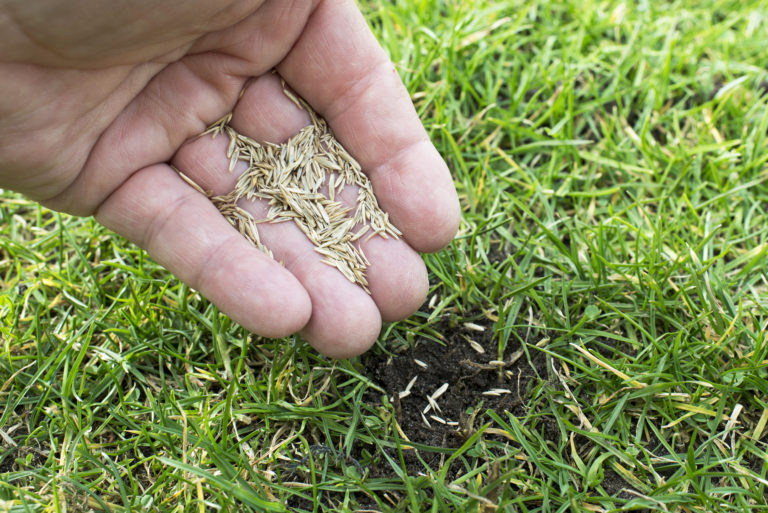
- Choose the right time to plant your grass seed. Fall really is the optimum season, as the soil will be warm, air temperatures will be balmy, and yet there will still be plenty of rain around to save you time watering.
- Prepare soil before seeding. Time spent in preparation will be time well spent. You will be giving lawn seed the best chance to germinate, and enabling it to set down strong, healthy roots. Begin by mowing your lawn as short as possible before raking out any dead grass, weeds or moss. Then, break up the soil in the patch you are working on by roughing it up to a depth of around 2 to 3 inches. This helps the seed to get a hold and drive its root deeper into the soil. Once you’ve done this, sprinkle a little compost across the area to level up and top dress the patch.
- You are now ready to sow your lawn seed! Use a seed spreader, (a handheld one is great if you are working on a small patch, such as Cresco hand operated spreaders) for greater control over the amount of seed used. Ideally, you will want to make sure your seed is evenly distributed across the soil, thick enough to cover the surface of the patch, without piling up seeds one on another. Too much seed forces the seedlings to compete for light, water and nutrients, causing weak grasses to grow. And like a vicious circle, you end up back at the beginning with bare patches! Refer to your grass seed package for the best rate to apply, and calibrate your seed spreader for application.
- Gently compress the seed into the soil and water lightly. It’s important to give the lawn seeds a light water even if you are expecting rain later, as too heavy a downpour can cause the seeds to wash away. Fine misty rain is preferred.
- Water little and often. Keeping the soil moist whilst the grass seed germinates is key to the success of your lawn patching. By protecting the seedlings’ roots, you’ll be encouraging strong growth and a vibrant lawn come next year.
How to Sow a New Lawn from Seed
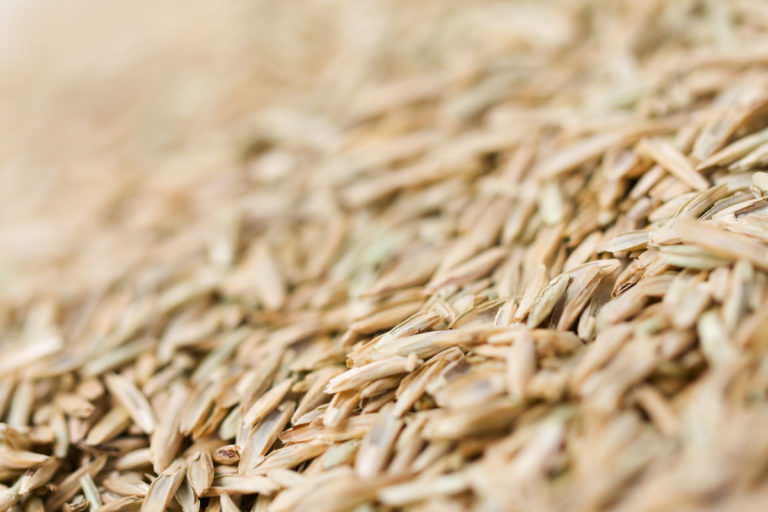
Many of the steps for how to sow a new lawn from seed are the same as how to plant grass seed in bare spots. Timing is still best in the fall season, and possibly even more important, as you are sowing a larger area. And you will have a lot more work to do.
Preparation, though, is going to be your single biggest task for success. Give yourself plenty of time to get this step right, and be patient. It will be worth the effort!
- Kill existing vegetation – Dig out, cover the area with black plastic sheeting or use weed killer to clear the area. This may well need to be done some months prior to planting grass seed.
- Rotovate the soil to a depth of around 2 – 3 inches to break up compaction.
- Rake soil to create a fine tilth free from stones and debris. Level off the area so you have a smooth surface to seed, making sure the soil is the same level as any surrounding paths or edges. This will help when you come to mow, as the mower will move seamlessly across the different surfaces.
- Sow your grass seed. As you will no doubt be planting grass seed over a larger area, you will want to use a broadcast seed spreader. This is a spreader with a hopper mounted on wheels which you push as you walk across your lawn. Often referred to as a fertilizer spreader, this dual action spreader will come into its own once your grass seed has grown and you want to fertilize for continued healthy growth.
- Water. Keep your new grass seed moist. In order to germinate, your grass seed needs warmth, light and water. Depending on the weather, you’ll probably be watering at least once a day, if not more if the weather is dry. Don’t allow the seedlings to dry out, otherwise all you hard work will have gone to waste.
How to Stop Birds Eating Grass Seed
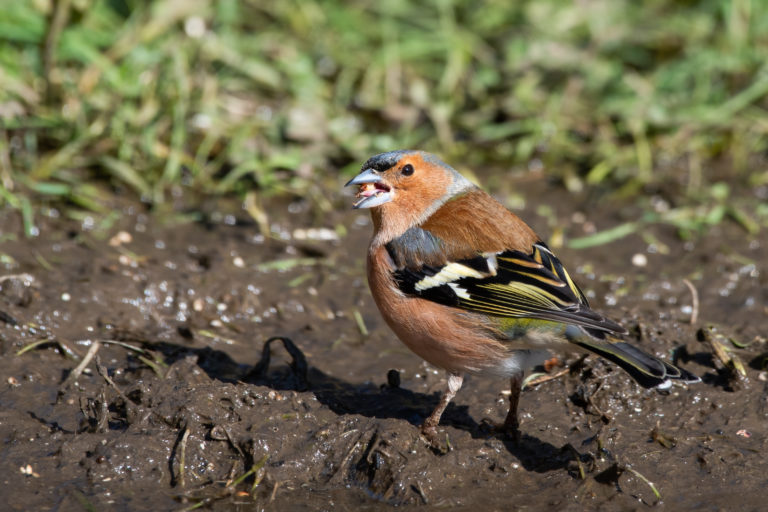
Having invested your time and effort into planting grass seed in the expectation of a beautiful green lawn in a few weeks time, you don’t want resident wildlife to swoop in and steal it all.
Here are a few ideas you might like to try in order to stop birds eating grass seed: (in no particular order)
- Bird scarers
- Straw or mulch
- Fleece
- Decoy feeders
- Shiny, spinning objects such as CD’s
- Polythene sheeting
- Dedicated bird netting
- Fake owls or hawks
- Plant extra seeds
How to Plant Grass Seed Like a Pro
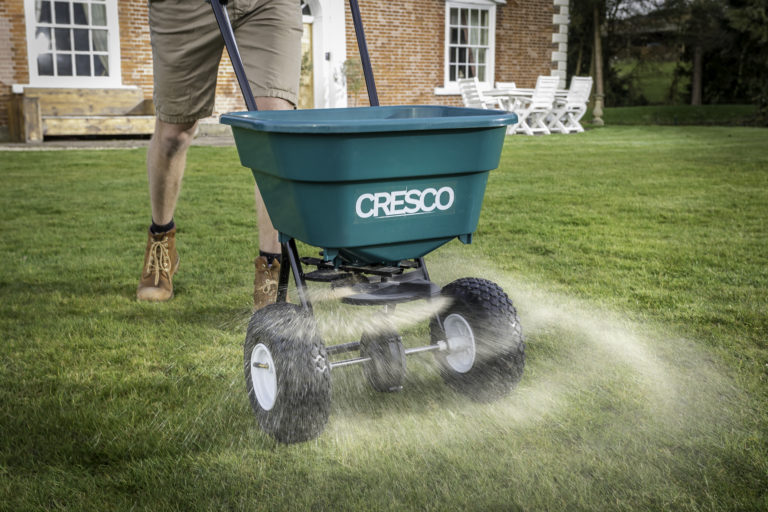
As the steps for how to plant grass seed are relatively straight forward, it’s easy to get carried away. But, as you have discovered, preparation is key to creating the sort of backyard lawn you’ve always dreamed of.
Here’s a reminder:
- Prepare early
- Prepare well
- Buy the best grass seed for your budget and location
- Plant grass seed in the right season
- Water well to start germination of seed
If you want an extra tip, it’s this: Use the best equipment you can for the job, as this will help you plant grass seed that will reward you with seasons of enjoyment.
